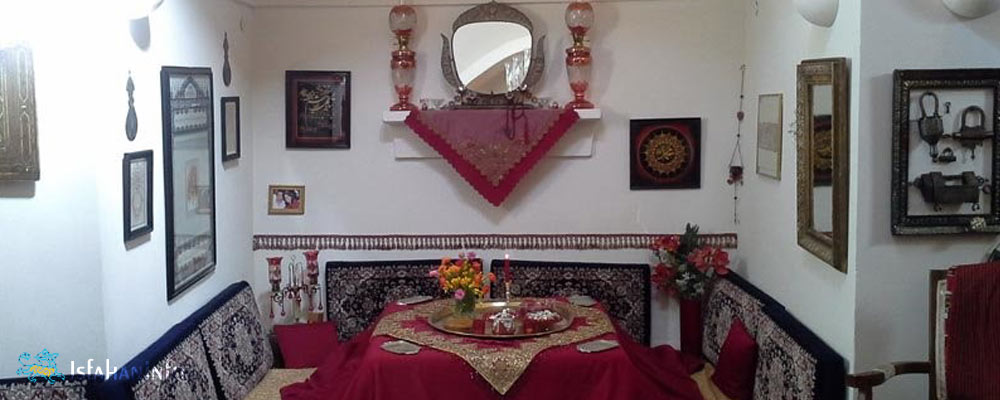Yalda Night
Every year, on December 21, the last day of Azar in Persian calendar, Iranians around the world celebrate the arrival of winter which is the longest night of the year. Yalda, one the most ancient Persian festivals, also called Zayeshmehr or Shab-e Cheheleh all meaning the ”night of birth”, is a symbol of the defeated darkness by light and the birth of Mithra (the goddess of light). Yalda night celebration dates back to the ancient times when the majority of Persians were followers of Zoroastrianism.
On this night, family members and friends get together. Traditionally, they gather around a ”Korsi” which is a low square table covered by a blanket with a heater placed under the table. Usually, families stay in the house of the eldest in the family and stay awake all night, eat fruits, nuts and sweets.
Reciting from the poems of Hafez (Hafez-Khani) and old mythologies is another special Yalda related tradition that has been passed down through the years.
Watermelon is served as one of the main traditions of Yalda night. Ancient Persians believed that those who begin winter by eating summer fruits would not fall ill all through the cold winter. Pomegranates with angelica powder are also served on this night as reminders of the cycle of the life. The purple covering around a pomegranate symbolizes birth (or dawn), and the red glowing seeds the glow of life.
Yalda Night is also celebrated in countries such as Afghanistan, Tajikistan, Uzbekistan, Turkmenistan and some Caucasian states such as Azerbaijan and Armenia.
Yalda night celebration is an opportunity to rejoice in the company of our beloveds.





Leave a Reply
Want to join the discussion?Feel free to contribute!